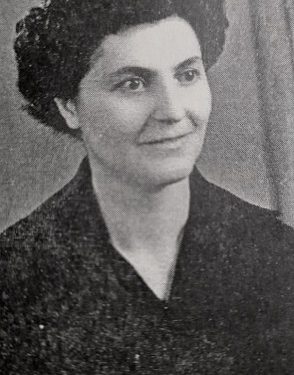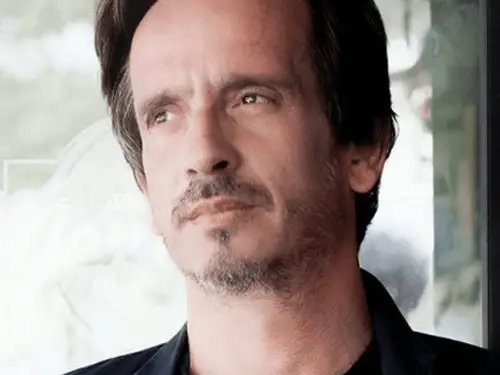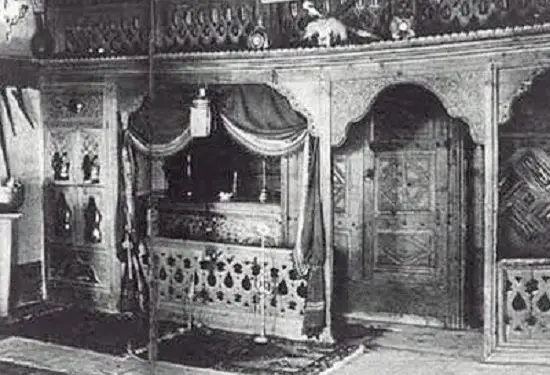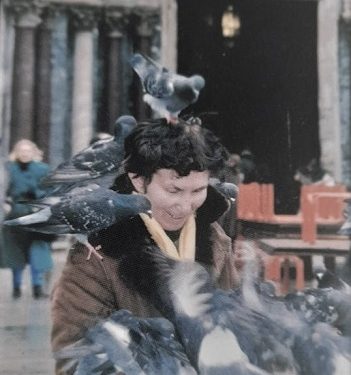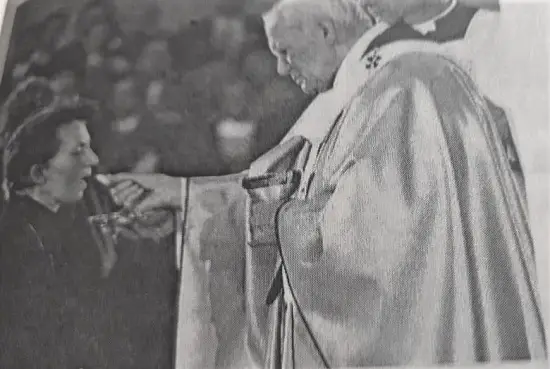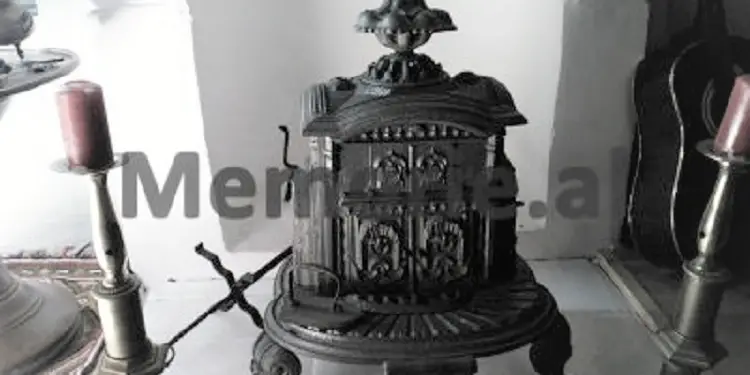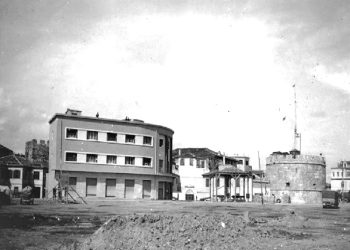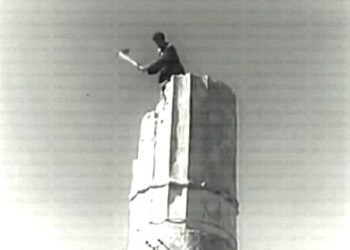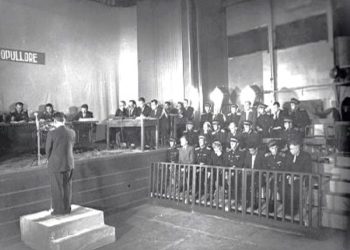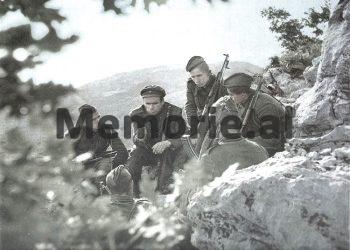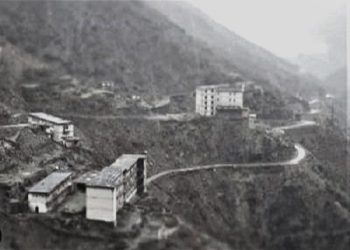By Ben Andoni
The first part
Memorie.al / In the last days of December 2003, Terezina Summa, known as an outstanding cardiologist, in her city of Shkodër, published the book of her life, “The Summa Family”. A story spanning 2 millennia, of one of the oldest families in national history. From this family, many consuls, merchants, clergy, doctors and warriors have emerged. They were among the first merchants in Milan and Shkodër and fighters of the new from time immemorial. There is talk of the well-known Summa Family, whose ancestors are mentioned since the 14th century. Demetrius Summa, their great-great-grandfather baron, defeated the great Stefan Dushan in 1331. After that, they “hide” in history and in the 17th century, they are mentioned as merchants. This family will continue to produce then, without stopping: Diplomats, priests, merchants and doctors. They have close ties with the Popes of Rome and with Albanian heroes like Skanderbeg. Their deeds would cross the continent, as they were attached to the great characters of the time, such as Caresha of Russia; or while leading the uprisings. An 80-year-old daughter of theirs, Terezina Summa, brought their memory to life in the last days of 2003, with an excellent monograph, a model of writing for the few remaining Great Albanian families.
There are some families in the world, who have the duty to continue a long journey. Strong blood and divine destiny make them invincible, while the torrents of history merely water their roots. Such families can be counted with the fingers of the hand, while for a country they are among the jewels, with which it is proud. And, in case of danger, he must keep them as a talisman, to continue his survival.
Such is the Summa Family in Northern Albania in Shkodër. A cell that has been alive since 1331 and continues to live today on several continents. The first of them, the Baron of San Sergio (today’s Shirgji, near Buna), Demetrius Summa, was unimaginable, what kind of scars his scars would leave in history.
But the continuity seems to be divine. He, in his time, defeated the greatest rival of the time, Stefan Dushan, the famous Serbian king, who would later bring the entire Balkans under his control. The Summa family seems to resist together with all their fellow countrymen, who spoke the same language and shared the same concerns. Since that year, the heirs of Summa are not mentioned much, except in the year 1600 with Kola Summa.
He is mentioned as an honorable merchant and a great rich man of the city of Shkodra and Ulcinj. Their descendants will continue with other honorable names, which will be from all the honorable professions of the time. From the photographs, which have been stored in the house and which are understood to include a heritage of at least 100 years follow the looks of men in the most modern clothes of the time, in the studios of different photographers in Vienna, Milan, Pisa, Padua, Ragusa, etc.
Excerpts from the book “Summa Family”.
Since the age of 13, Terezina Summa has memorized the history of her family, with which she was unwittingly described as a part of the country’s history. When the book was pleasantly published by Florimont, it took an honorable place among the few publications of its kind. Thanks to the dedication and high professionalism and despite the amateur passion of the author.
“When my aunt died, I was educated with her amazing stories about the tribe. Since then, I had a great desire not to let my tribe perish,” said the author of this book.
“This work is simply a mirror, where we can admire the past of our ancestors and try to control ourselves, so as not to deviate, but to more faithfully follow the example and traditions of our centuries-old family and connect with it like an old man with oak, until death”.
This work, which was started by her brother Agustin, “accidented” in conditions still unknown to the family. Terezina continued this care of his by collecting various documents for her family. From the State Archives and continuing with the fantastic legacy of the Summa Family archive-treasure.
After many years, the 80-year-old cardiology has fulfilled this passion with great dedication, giving a book that has good professional parameters. She herself has hesitated in the evaluation and with the modesty of the tribe, she has avoided in the book, the meaningless glories of her tribe. In fact, a task that would seem overwhelming if you consider the background of its people. The book contains the origin of the family, its connections with the Popes and the Kastriots, the genealogical tree of the family.
In the book, the Summaj occupy a place, as diplomats; Learners of the Albanian language; Warriors; Their professions; The houses; Private lives and persecution and finally the Grave or eternal life. The book is followed by a rich bibliography, which gives authenticity and seriousness to the publication, which took the respected author about 40 years of tireless efforts.
Their shadow
The shadow of the Summa tribe (Suma would be called in the years of the dictatorship), would pass long over the events of the time. They, like few others, have left their mark on national history continuously. They were warriors, defenders of the Albanian language, honorable diplomats, merchants, doctors and well-known clergymen.
The best qualities of the race, which were added to good education and economic status, made them active in many fields simultaneously. The freedom of speaking in several languages, the great contacts with the West, the heritage, was elements that distinguished them from their contemporaries in different periods.
This made them appreciate their country, Albania, as a country that should have dignity. for a political morality”, adds the author of the book, Terezina Summaj.
This entire heritage could never escape the way of foreign describers. The great historians Jirecek and Shuflaj, or clerics like Father Valentini, would describe the various Summaj pinjolls at length in their books. Whereas, Lir and others would paint some of them.
Unknown history
The surname “Summa” exists as a rare dialectic word in folklore and means hilltop, perhaps from the Latin source “high peak” (summa) or with another meaning, this time military: “Authority, high command”, notes the author. She argues the Albanian lineage of the tribe with the toponym “sumë”, which is widespread in Northern Albania, such as in Drisht, Nënshat, Zadrimë, Barbullush, Krujë, Blinisht, Velipojë and beyond.
Authors, from the famous Barleti to Noli and Kristo Frashri, touch heavily on the origin of this tribe. In “Acta et Diplomata”, in a document of April 14, 1332, it is said that “Demetrius Summa quidam natione haud dubbie albaniensis” (Demetrius Suma undoubtedly Albanian). Shuteriqi finds another material for the year 1300, when he mentions them again.
He even finds that Dom Nikolë Summa is Gjon Kastriot’s ambassador in Ragusa. Shuflaj places the Summaj as a patrician family from the city of Drishti (Drivastos Antica) with Sumen as its capital. Shuflaj himself had connections with the Balshaj of Zete, the Dukagjins of Lezha and the Summa Family, on the northern shore of Buna. Since 1368, members of the Suma family lived in Shkodër and came from Drishti.
Whereas Jirecek, writes the author, an outstanding mediaevalist of Albanian history, mentions the name of the Summa Family simply as a Roman name. “What puts the stamp on the Albanianness of the Suma tribe for this period is Pope Nicholas V, who on 20.09.1451 appointed the prominent Albanian Franciscan, Eugjen Summa, as Nunc Apostolic”, notes the author.
The Summa are mentioned in the register of the Shkodra Cadastre and in the Crisobulen of Decan, as early as 1355, as Albanians. Father Zef Valentini states that this tribe originates from Drishti with three branches: Dega Mirdita, Pult and Postribe; b. Bregu i Buna branch (Shirgj e Barbullush); c. Tuz-Gruda branch. Their connection with the Popes is long-standing and also with the Kastriots.
In 1451, Pope Nicholas V and Pope Kalisti III send to Gjergj Kastriot, their diplomat in the garb of Nuncio, Apostolic Commissioner and General Inquisitor, “the friar Eugje Summa, an Albanian by blood and lineage”. This is held as one of the most revered pinjoles of the tribe, not only because of his stature, but also his personality.
After him, well-known clergymen and diplomats follow. Without continuing a chronological line of them, which the author has neatly done, the Summas were very well-known diplomats. Jakov Suma presented himself to the Tsarina of Russia in 1759, where he asked the Albanians to unite under the Russian flag. This well-known character is the deputy consul of Venice in Shkodra.
He is chosen by Kara Mahmut Bushatliu. Kola, his brother, was the deputy consul of Britain in Shkodra. His nephew, his brother’s son, Antonio, had the same task some time later. Kola, another nephew, is the consul of Great Britain in Shkodra. This is how Ndreka and others continue, but for Venice.
Without any doubt, due to their education, they are also interesting speakers of the Albanian language and this is mentioned by various authors. Who have seen that their correspondence letters are also stored in the archives? They belong to the first half of the 19th century and are internal papers of the Suma family.
The family, meanwhile, has produced honest warriors and many patriots; so much so that there are also honorable merchants and many famous doctors, where the last of the most mentioned is the author of the book, Terezina Summa.
From the space where it stands today in Perash, the house of Summaj’s descendants has a lot of light. A natural light, which seems to go with the great divine light, whose devotees Summaj, go through life. Doctor Terezina and Henriku, her younger brother, live here. In this house there is a “treasure” of values, knowledge, but more of love. Where the greatest is the one for God or for the binomial, which has kept the door of the tribe open everywhere “Faith and Homeland”.
Terezina goes out by herself to open the door and escort her friends, who honor her. Shaking her hand, it seems, brings you closer to a part of Albania’s history that you touch. Then the door closes…and the Summa Family continues to live out its millennial daily story. (End-December 2003-Shkodër)
Why did I write the story of the Tribe?
Terezina Summa, the author of the book dedicated to her tribe, speaks. How he kept his desire unquenched for 40 years and how he managed to finish 80 years of cardiology, the book dedicated to “Summa Tribe”.
Terezina Summa is a beautiful woman who has passed the 80 years mark. In Shkodër, he is known as one of the best cardiologists and one of the dignified descendants of the Summa Family. Most of who are already in history, or have begun true life in eternity.
Since 70 years ago, in her noble head, a dream has been supported, which came to life, only in 2003: the publication of her family’s history. She crowned this story, started by her late brother, Agustin, to whom she also dedicated the book of her life “The SUMMA Family”.
Terezina has kept the family tradition alive, as she has persisted for ten years in a row, just to gain the opportunity of higher school in medicine. And, as happens with great passions: She did not fail, but gave Albania and her city, one of the best cardiologist doctors.
The second dream was the call of blood, which she materialized with the last book. With this, she has paid homage to her tribe and the Albanian race, to appeal the doing of such things. Where modesty and respect for the ancestors is first of all a tribute to Albania.
He knows five languages well (Italian, French, English, German and Russian) and has an inherited culture that he acquires every day, with great dedication. With this book, Terezina has shown what a person of her caliber can do. Unfortunately, these people are few and far between, and this makes the enterprise and its being a time-honored, time-honored one.
Mrs. Terezina, how many years has the idea of such a book been sleeping in your mind?
“From a very young age. I mean… I was about 13 years old, when my aunt died. The idea was to remember me, to perpetuate my origin, and to make our family known, which we are. And don’t have me like those families, so that you don’t lose and be forgotten as a family. My brother, Agustin Suma, had the idea before.
These biles worked in the city museum. I remember that, when the country was liberated, the Committee did not give him funds, because it was 1945, and he himself, not being given those funds, took a room with our aunt, in Bep Murzhan’s house, and there he opened the first museum. It is understood that he became its director. It was Shkodra’s first historical and ethnographic museum.
This one deals with ethnography more, but also with history and was in Italy. He was passionate about the museum, but he was a lawyer by profession. At the time of the War, we were afraid that it was the year 1943-1944, so we asked him to return to Albania. There, he met him only for two or three years. We still kept his books.”
Apart from you, Agustim also had this idea?
“Agustini had this idea earlier, I just continued his work. He died “accidentally”, in an unprovoked accident, from 1949. I was left with a pawn, because he had also accumulated something. He was working with passion himself in the museum and worked intensively in the archives. I even had the document about Jakov Suma from him. I got it from the State Archive. It is recorded on the first pages of the book.”
When did the book begin to be sketched out, when did you start, to throw down the notes and its structure?
“At the time of the Labor Party. But it was just an idea, because I had nothing to say and I couldn’t trust anyone to give me my material. All the time, I tried to collect and collect always more material. This was kind of easy for me because it was a family business and I had my cousins helping.
Among them was Karlo Suma, who wanted to do something. I myself studied a lot and used to research many books, as I had a passion for it as a person. On the other hand, I wanted to fulfill the wish of my brother, Agustin. He also wanted to write a book”. Memorie.al
The next issue follows




